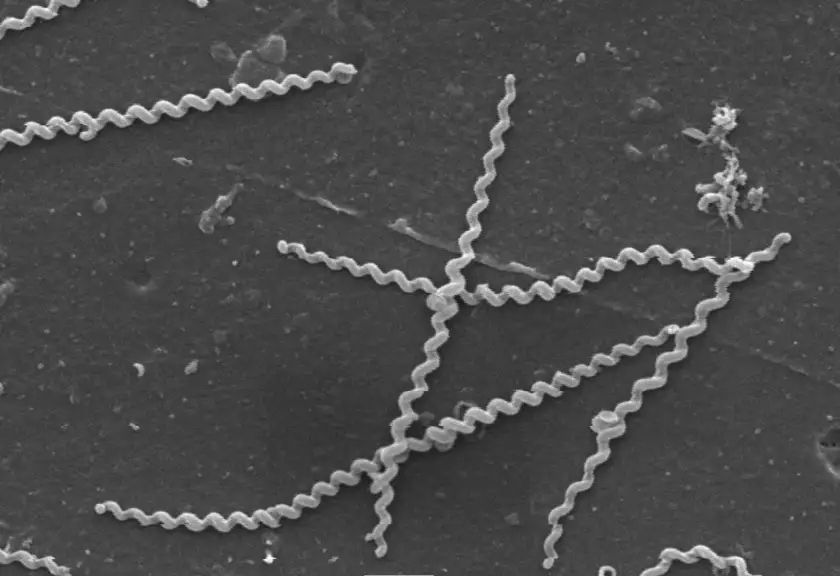
What is Leptospirosis?
Leptospirosis is a (spiral shaped) bacteria that lives in standing water and warm, wet soil, predominantly transmitted to dogs and humans through infected urine. Most commonly, indirect transmission occurs through exposure of animals to water sources, soil, food or bedding that is contaminated. Leptospires can penetrate mucous membranes (gums, sinuses) and wet or broken skin. Your dog contracting Leptospirosis is as simple as them walking through a water puddle or walking through moist, infected soil, then licking their paws.
How do dogs get Lepto?

Leptospirosis is an infectious zoonotic disease, which means that it can infect animals and humans alike. It causes serious illness in dogs, other animals, and people throughout the US, and is transmitted easily between them. Leptospirosis causes a variety of flu-like symptoms, but more than 80% of dogs diagnosed develop serious, short-term kidney problems. Dogs that recover may still be at risk for chronic kidney failure or become carriers of the disease, spreading the bacteria during urination.
Previously thought to be a warm-weather disease that occurs in the rural south, leptospirosis is now been reported all over the U.S., in both suburban and city settings. Leptospirosis can also be spread to humans just as easily to dogs. Even if your dog spends most of their time inside, they may still have access outside water sources that could be potentially contaminated.
Illness and treatment
Clinical signs of Leptospirosis infection include fever, loss of appetite, vomiting, dehydration, and jaundice. By the time your dog starts showing these signs, it is very difficult and expensive to treat.
The best treatment is PREVENTION.
Once inside the body, the leptospires travel throughout, infecting the liver, kidneys, spleen, eyes, reproductive tract and central nervous system. Kidneys are the most impacted, which usually leads to death. Clinical signs in dogs include fever, lethargy, loss of appetite, increased thirst and vomiting. Less common signs include diarrhea and bleeding (due to loss of platelets to help with clotting). Because none of these signs point directly to a diagnosis of leptospirosis, testing is needed, including baseline lab work (serum chemistry, CBC, urinalysis). If the kidney values are elevated, with supporting evidence of failure in the urine, coupled with elevated liver values, further testing for leptospirosis is needed. Several different special labs have a direct blood test for the most common serovars (serovar [ sîr′ō-vâr′ ] n. A group of closely related microorganisms distinguished by a characteristic set of antigens.) of leptospirosis.
Vaccination is the best option for protecting you and your dog from the dangers of Leptospirosis.
Call to schedule your dog’s vaccination – (727) 738-2833
2 Replies to “What Is Leptospirosis | Lepto in Dogs”
Lori – March 5, 2020
Can they get this from eating rodent feces?
Dunedin Animal Hospital – March 12, 2020
Yes. It’s most commonly acquired from water infected with urine from animals who were infected with the bacteria.
Comments are closed.